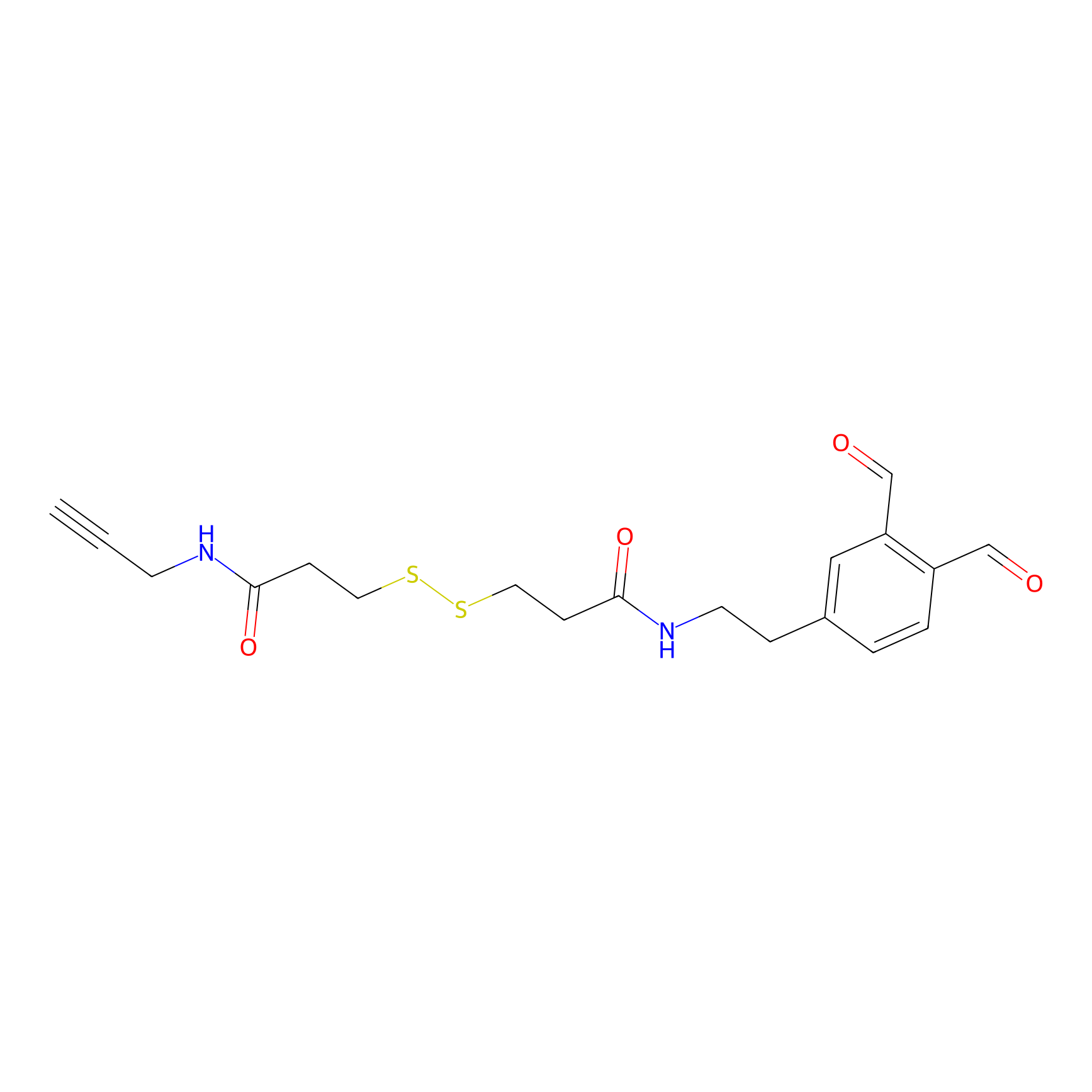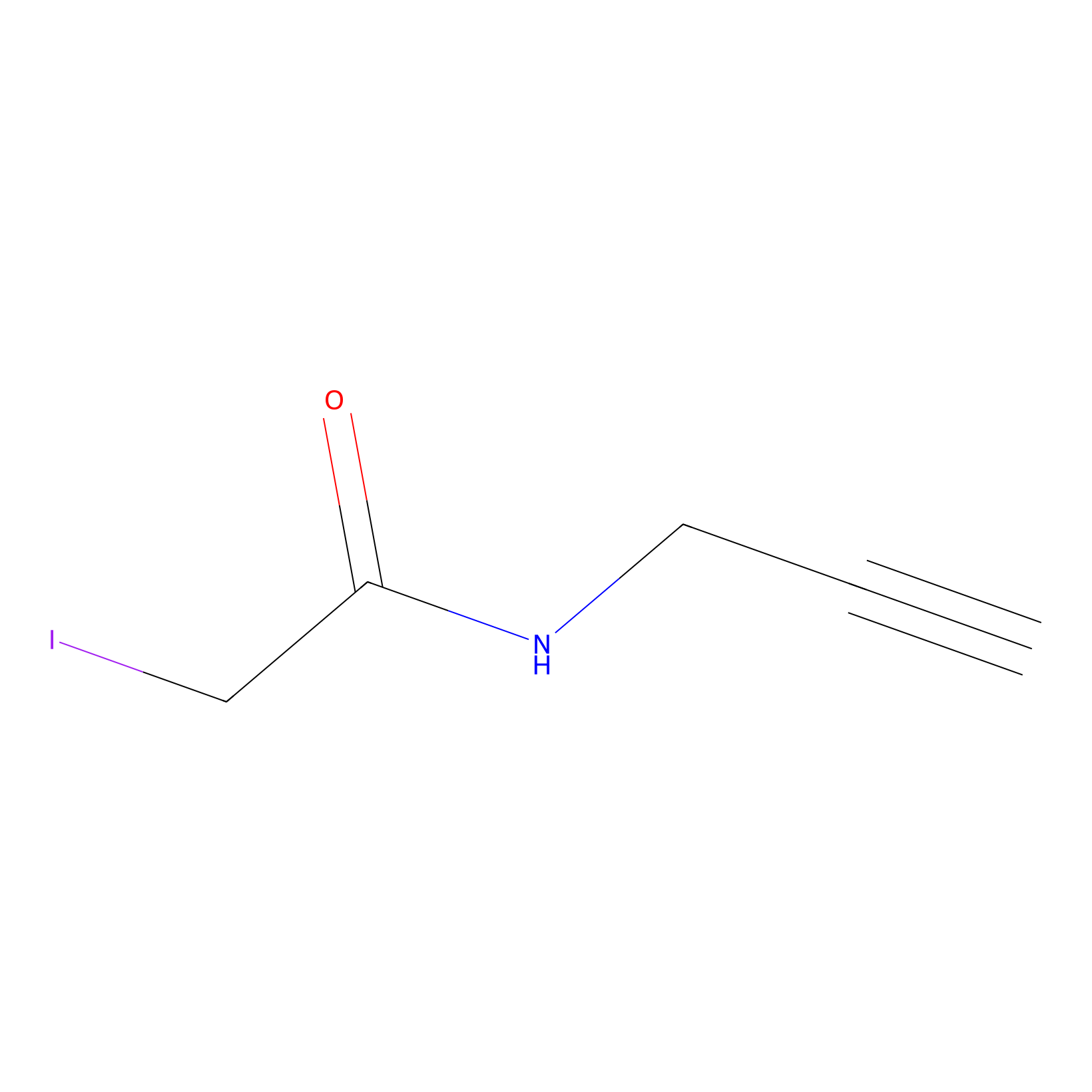Details of the Target
General Information of Target
| Target ID | LDTP13685 | |||||
|---|---|---|---|---|---|---|
| Target Name | Frizzled-1 (FZD1) | |||||
| Gene Name | FZD1 | |||||
| Gene ID | 8321 | |||||
| Synonyms |
Frizzled-1; Fz-1; hFz1; FzE1 |
|||||
| 3D Structure | ||||||
| Sequence |
MAAERQEALREFVAVTGAEEDRARFFLESAGWDLQIALASFYEDGGDEDIVTISQATPSS
VSRGTAPSDNRVTSFRDLIHDQDEDEEEEEGQRFYAGGSERSGQQIVGPPRKKSPNELVD DLFKGAKEHGAVAVERVTKSPGETSKPRPFAGGGYRLGAAPEEESAYVAGEKRQHSSQDV HVVLKLWKSGFSLDNGELRSYQDPSNAQFLESIRRGEVPAELRRLAHGGQVNLDMEDHRD EDFVKPKGAFKAFTGEGQKLGSTAPQVLSTSSPAQQAENEAKASSSILIDESEPTTNIQI RLADGGRLVQKFNHSHRISDIRLFIVDARPAMAATSFILMTTFPNKELADESQTLKEANL LNAVIVQRLT |
|||||
| Target Bioclass |
GPCR
|
|||||
| Family |
G-protein coupled receptor Fz/Smo family
|
|||||
| Subcellular location |
Cell membrane
|
|||||
| Function |
Receptor for Wnt proteins. Activated by WNT3A, WNT3, WNT1 and to a lesser extent WNT2, but apparently not by WNT4, WNT5A, WNT5B, WNT6, WNT7A or WNT7B. Contradictory results showing activation by WNT7B have been described for mouse. Functions in the canonical Wnt/beta-catenin signaling pathway. The canonical Wnt/beta-catenin signaling pathway leads to the activation of disheveled proteins, inhibition of GSK-3 kinase, nuclear accumulation of beta-catenin and activation of Wnt target genes. A second signaling pathway involving PKC and calcium fluxes has been seen for some family members, but it is not yet clear if it represents a distinct pathway or if it can be integrated in the canonical pathway, as PKC seems to be required for Wnt-mediated inactivation of GSK-3 kinase. Both pathways seem to involve interactions with G-proteins. May be involved in transduction and intercellular transmission of polarity information during tissue morphogenesis and/or in differentiated tissues (Probable).; (Microbial infection) Acts as a receptor for C.difficile toxin TcdB in the colonic epithelium.
|
|||||
| Uniprot ID | ||||||
| Ensemble ID | ||||||
| HGNC ID | ||||||
| ChEMBL ID | ||||||
Probe(s) Labeling This Target
ABPP Probe
| Probe name | Structure | Binding Site(Ratio) | Interaction ID | Ref | |
|---|---|---|---|---|---|
|
OPA-S-S-alkyne Probe Info |
 |
K384(0.94); K273(4.28) | LDD3494 | [1] | |
|
DBIA Probe Info |
 |
C574(5.87) | LDD3418 | [2] | |
|
IPM Probe Info |
 |
C574(1.36) | LDD1702 | [3] | |
Competitor(s) Related to This Target
References
